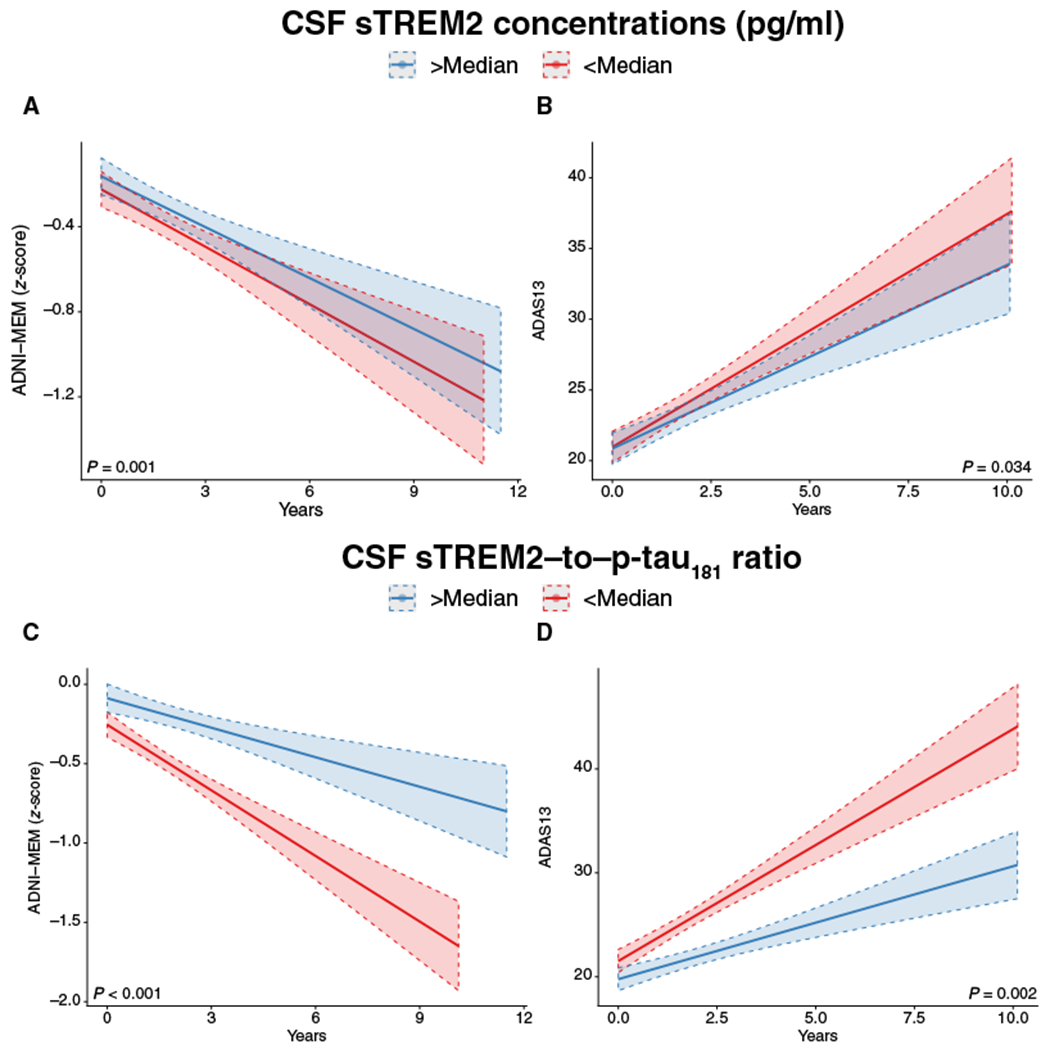Fig. 2. Effect of CSF sTREM2– and CSF sTREM2–to–p-tau181 ratio on changes in cognition.

Regression plots show the change in episodic memory (A and C) and global cognition (B and D) as a function of CSF sTREM2 concentrations (top) or the CSF sTREM2–to–p-tau181 ratio (bottom) at different time points during cognitive follow-up in all subjects who were positive for CSF Aβ1–42 and CSF p-tau181 (A+T+). For illustration purposes, the regression lines are shown for subjects with high versus low values of CSF sTREM2 or the CSF sTREM–to–p-tau181 ratio (split at the median). In all regression analyses, CSF sTREM2 concentrations and CSF sTREM2–to–p-tau181 ratios were included as continuous measures. The full regression models included the interaction term of CSF sTREM2 (or CSF sTREM2–to–p-tau181 ratio) × time, controlled for CSF p-tau181 × time, and CSF Aβ1–42 × time interactions among other potentially confounding variables.
